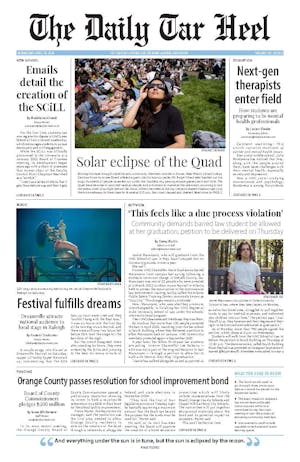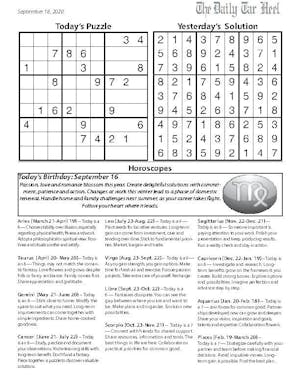It is not an easy task to take six unhappy people spread across 35 years of missed chances in a small Manhattan apartment and make their story enjoyable. It says a great deal about the capabilities of the three-man cast of Ground Up Productions’ “Three Days of Rain” that those miserable six characters in Richard Greenberg’s drama had weight and grace.
The 1997 drama centers around two generations of an architectural firm’s first families, delving into the difficult connections that bind siblings Nan and Walker to their friend Pip. A year after the death of Nan and Walker’s father, famed architect Ned Janeway, the siblings spend a morning imaging the past. Walker’s discovery of Ned’s cryptic diary – entries are as short as “Three days of rain” – helps guide the siblings’ imaginations. The arrival of Pip, the son of Ned’s partner, Theo Wexler, reveals uncomfortable past connections and sends the memory session literally into the past, where the three actors change roles to play Ned, Theo and Ned’s wife, Lina in 1960.
The plot is not quite as complicated as it may seem from the above description. The motion of the play ultimately depends on the ability of the three actors to create emotional suspense out of situations with many important details missing. Melanie Johnson, Jack Utrata and recently graduated LAB! regular Zac Moon carry the play’s considerably weighty topics on their able and well-costumed shoulders.
Moon is especially apt, playing the unstable Walker and his meek father Ned with layers of subtlety. His stuttering Ned could use a more consistent stutter, but that may be part of the point. Utrata is a jaunty, lively Pip, nearly stealing the show before retreating behind the surprisingly inept shell of Pip’s father, Theo. Johnson, balancing the harried Nan and the more vivacious Lina, is a charming female foil to her male counterparts, but her Southern accent needs some geography lessons, especially considering the discerning tastes of local audiences.
That the cast seems to have more fun in the 60s is likely due to the fact that the drama’s meat is more tender and appetizing when the apartment’s furniture sheds its white bed sheets and revives in living color. The second act is short, and many of the first act’s secrets become transparently obvious soon after intermission ends. However, the execution of the play’s quiet conclusion was properly restrained and, in a sense, beautiful.
This cast is well-served by the elegant, efficient production design. The set, a Manhattan studio apartment in both the mid 90s and its swinging 1960s heyday, is dominated on the upstage wall by a sweeping multi-paned window, onto which archival images and weather are subtly projected. Furniture has a retro flair without being kitschy, and the transition back in time was handled with taste. The musical interludes are labored and overly-dramatic, but the use of authentic (and in the opening night’s case, actual) rain noise effects saves the sound design.
Delivering their play at the tail end of the first week of classes, the cast and crew of this production have much to be proud of. The polished sheen of this performance masks the tight rehearsal schedule, out of town workshop week and back to school chaos that surrounded the production. For a primer on what truly fine UNC student theater can look like, spend an evening with “Three Days of Rain.” Hurricane Irene would want you to.
Four out of Five stars.
To get the day's news and headlines in your inbox each morning, sign up for our email newsletters.



